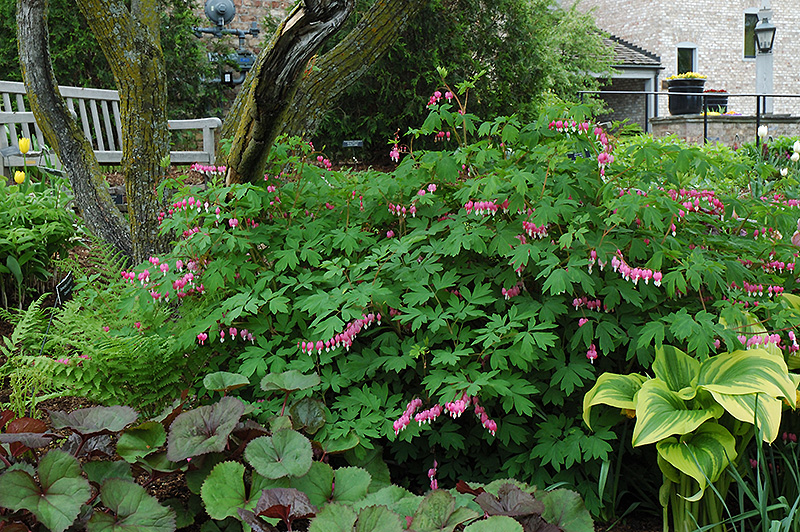

Once your clumps have become large, you can easily divide the rhizomes after flowering. That means some shade, plenty of moisture with good drainage, and rich soil. They are quite easy to grow, as long as woodland conditions are provided. These magnificent plants have long been a herald of spring in Zones 2 to 9, a huge area of the US. Our native Dicentras are all wonderful wildflowers of woodland shade, from the eastern Dutchmans Breeches and Fringed Bleeding Heart to the Northwests Pacific Bleeding Heart. And best of all, these plants continue to bloom not only in spring, but all summer into fall. However, with the Fernleafs, the flowers are more bunched at the top of the stems, more like a dangling bouquet. They are smaller with finely cut blue-green foliage and similar flowers. The second type, the Fernleaf Bleeding Hearts, are hybrids of North American native wildflowers. The large bleeding hearts bloom only in spring, and in some areas, disappear altogether by midsummer, much like Trilliums and Daffodils.Ģ. It is the larger of the two (to about 3 feet,) and has the famous little heart-shaped flowers arrayed along arching stems, a lot like a string of pearls. The genus Dicentra, commonly called Bleeding Heart, gives us some of the most treasured plants in America, providing dependable color in moist shade as companions with Hostas and Ferns.

Great color in the shade, The Bleeding Hearts. Perfect for the front of the shady border. Also called Fringed Bleeding Heart, this beautiful wildflower sometimes makes even a more spectacular show than the taller Pink Bleeding Heart, since it is more compact, and can literally cover itself with flowers if well-grown.

This is the wild, pink-flowered native with finely cut foliage and a bushy, mounding habit.


 0 kommentar(er)
0 kommentar(er)
